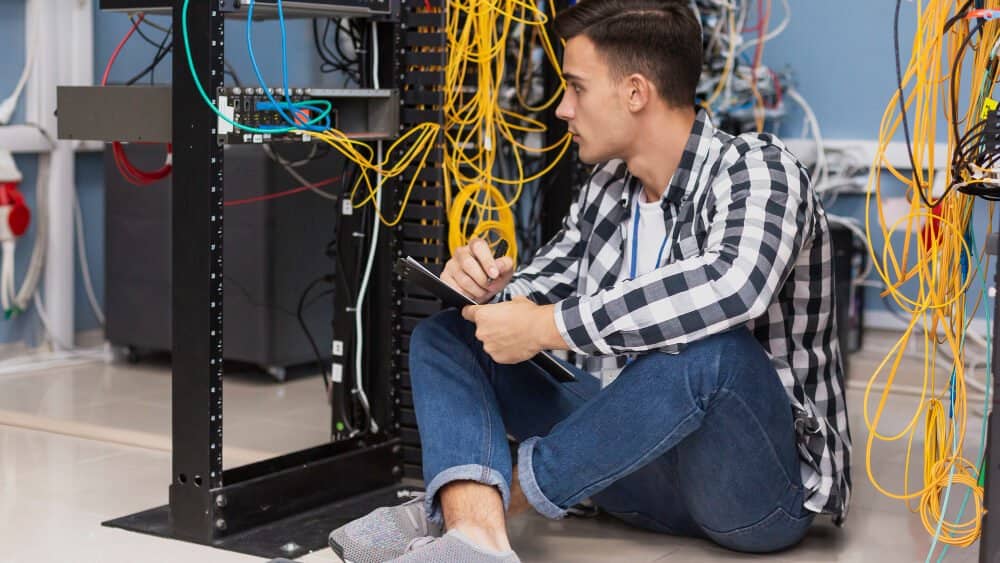In the era of modern slimline setups and minimalist design, disorganized connections can detract from the appearance and usability of any workstation. Fortunately, you don’t need expensive gear or sophisticated expertise to master DIY desk cable management. Your desk may become a neat, orderly paradise with a few easy tricks and a little imagination. Now let’s explore how to accomplish DIY desk cable management step-by-step.
Table of Contents
Understanding the Importance of DIY Desk Cable Management

Before diving into the practical steps, it’s crucial to understand why cable management matters. Beyond aesthetics, organized cables:
- Decrease clutter: stress and productivity are accelerated while a table appears to be muddled.
- Boost Safety: Reduce capability electric problems and journey dangers.
- Prevent Damage: Well-maintained wires are much less at risk of deterioration.
Following are the Step to do DIY Desk Cable Management
Step 1: Assess Your Workspace
- Identify Devices: Enumerate every device (laptop, display, speakers, and so on.) together with the cables that might be needed for them.
- Assess Accessibility: Take into consideration how regularly you require access to every device.
- Plan for Growth: Take destiny gadgets and setup changes into consideration.
Step 2: Gather Your Tools

- Cable Ties or Velcro straps: For fastening lines together neatly.
- Cable clips or organizers: To secure lines to the office or wall.
- Cable sleeves or wire channels: Conceal and cover lines along their paths.
- Labeling inventories: Optional but helpful for relating lines.
Step 3: Organize and Route Cables
- Cables in businesses Group together lines (consisting of HDMI and electricity wires).
- Take a Strategic Path To create tracks beneath the tabletop or along the workplace legs, use organizers with a sturdy back or string clips.
- Put on cable sleeves. Use a line channel or string sleeve to preserve boxed-grouped strains for a neater look.
Step 4: Secure and Manage Excess Cable Length

- Make use of cable management boxes to store extra wires and power strips inside multi-outlet boxes.
- Use cable ties or Velcro straps to fasten extra cable length and stop it from tangling.
Step 5: Test and Adjust
- Check Accessibility: Make sure cables are conveniently accessible for upkeep or modification.
- Make Adjustments: Optimize the configuration for both usability and aesthetic appeal.
Step 6: Maintain and Update Regularly
- Frequent Inspections: Examine and modify cables on a regular basis.
- Update as Required: Adapt your configuration to new devices or configuration changes.
Conclusion
These smooth steps allow you to create DIY desk cable management that looks professional and works without breaking the bank. Effective cable management is step one closer to a well-prepared notebook, irrespective of your goals of performance, safety, or aesthetics. Accept the do-it-yourself mindset and turn your computing device into a clutter-unfastened area that fosters concentration and creativity.
Put these tips into practice right now to have a workspace that improves your productivity and looks great. Happy planning! You’ll have a splendidly organized workspace that improves productivity and aesthetic appeal if you observe this technique.
Explore a variety of desk-related topics on our homepage, from ergonomic setups to productivity tips. Find solutions to enhance your workspace and improve your overall well-being. Start exploring today!

